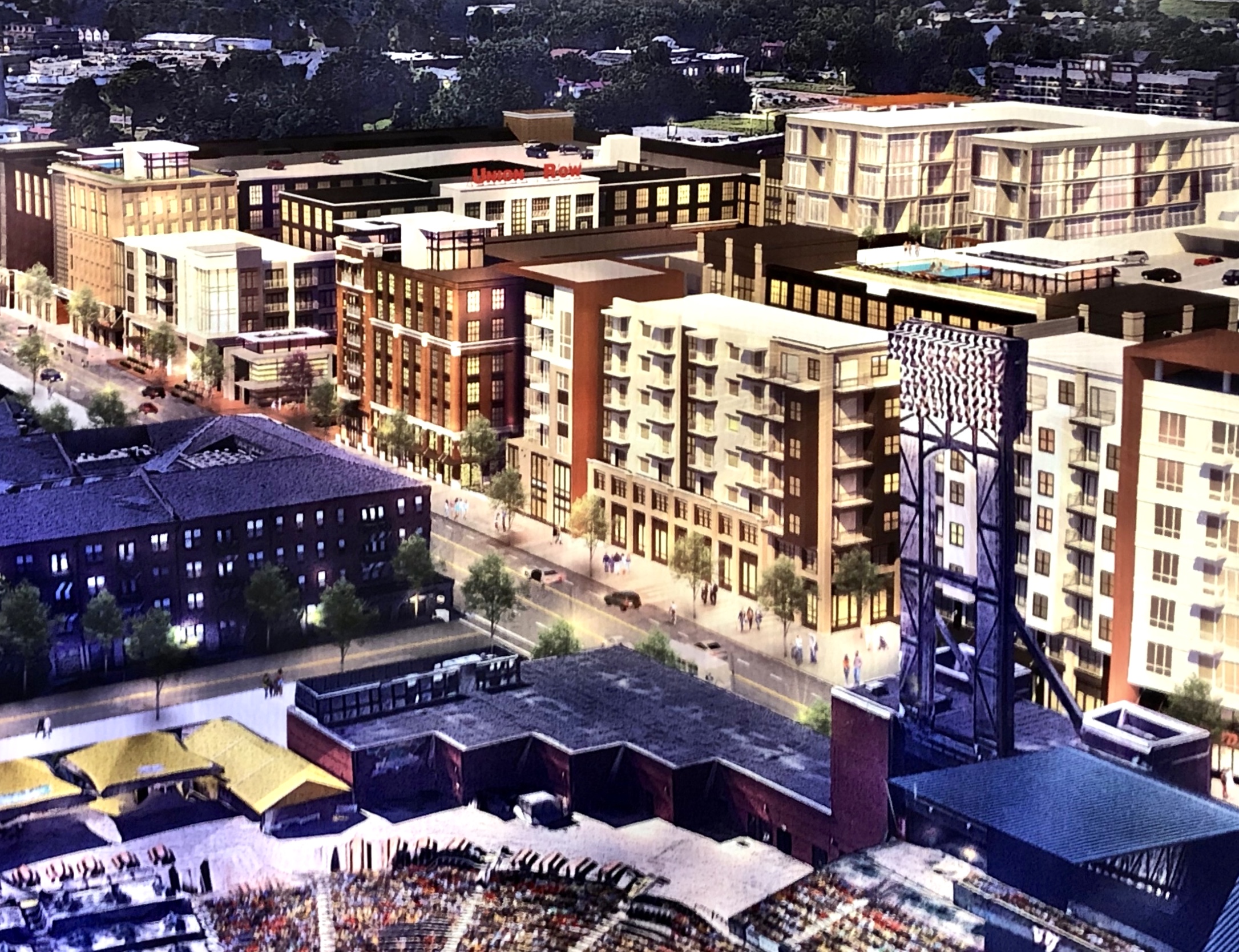URBAN DESIGN REVIEW BOARD
By Austin McLellan
Select areas in Memphis and Shelby County are open for business as federal Opportunity Zones. The Opportunity Zone (OZ) designation provides real estate developers and some business owners with valuable tax advantages. The purpose of the OZ’s as stated by the IRS is to “spur economic development and job creation in distressed communities throughout the country.”
The eight Opportunity Zones (OZ’s) in Shelby County include census tracts in Downtown, the Medical District, Binghampton, the Poplar Corridor, North Memphis, Orange Mound, South Memphis, Whitehaven, Millington, and near the University of Memphis. Created as part of the Tax Cuts and Jobs Act of 2017, most all OZ’s are lower-income areas as defined by government income criteria.

Hoping to attract investment and jobs, the OZ’s offer tax advantages to investors operating in these areas. Property owners and some businesses in the OZ can, upon sale or transfer of qualified OZ assets, avoid capital gains taxes entirely when assets are held for ten years. These are tax credits, essentially, and do not involve direct government funding.
The OZ program is not for everyone. Investor funds put to use in an OZ must come from capital gains, usually a sale of stock, and then be transferred into an OZ fund. And only about 7 percent of U.S. taxpayers report taxable capital gains. Then, set-up and compliance costs for the OZ fund can easily be $1M or more for legal fees, accounting services, and related costs. These facts narrow the pool of participants in the OZ program a great deal, though smaller investors can participate as junior partners in some funds. Nonetheless, hundreds of Opportunity Funds have been established nationwide to attract capital and direct it to distressed communities.
While OZ tax savings are real enough for some, one might wonder what the real opportunity is, or whom it benefits. Do residents in distressed OZ’s enjoy any actual financial advantages? The OZ’s do not require investors to create jobs, nor must investors reside in OZ communities. The program offers no mechanism for oversight at the local, nor apparently at the state level. New developments can drive up appraisals and tax bills for everyone. Finally, businesses seeking OZ credits must operate ‘substantially’ within the OZ itself, but how do smaller, existing businesses recognize actual OZ benefits?
Also, recent IRS guidance indicates that OZ projects may also include vacant buildings or raw land, if unused or unoccupied for five years. In other words, no substantial improvements are required to acquire assets in this manner. Though this lends flexibility to investors, it creates a risk that property remains unimproved or underutilized.
Similar questions were raised in a recent investigation by the New York Times (“How a Trump Tax Break to Help Poor Communities Became a Windfall for the Rich”), which identified projects such as luxury hotels and upscale residential developments under way in several Opportunity Zones. In Houston, the new Preston is located in an OZ, and bills itself as Houston’s “tallest residential community.” It will include ten penthouses, feature Italian-made custom carpentry, and other luxe amenities. In New Orleans, the lively Warehouse District between Downtown and the Garden District includes an OZ. Here, Richard Branson’s Virgin Group is building a new hotel, with rooftop bar and pool deck. The economic benefit of these OZ projects to residents and businesses in these communities is not clear. Success in raising income levels in any census tract is not measured.
Certainly real estate development and business activities can be growth engines. Construction spending generally remains a local affair. The OZ program does improve returns for investors, while reducing risk. When added to the mix of local incentives, such as the Community Builder PILOT program, the OZ program can make some projects feasible, and get them off the drawing board and into the community.

Courtesy LRK
In Memphis, two projects are underway in designated OZ’s. Developers for the Union Row project in Downtown and The Grove Townhomes near the Univ. Memphis plan to use OZ tax savings to support their projects. To attract more investment, the Memphis and Shelby County EDGE organization has created a website at www.opportunitymem.com to serve as an information center for investors, OZ funds, and potential OZ projects. The site currently lists 14 local projects as worthy candidates for OZ investment (see map above).

Evaluating the OZ program’s impact, here in Memphis or elsewhere, is made difficult by the nature of the tax credit, which is essentially a private matter between the investor/taxpayer and the IRS. The first tax year investors could participate in the OZ program was 2018, so more information about the success of the program will emerge. What can Memphis and Shelby County do to assure that OZ investments benefit communities here in need, as well as investors in need of better returns? <>
Austin McLellan is a writer and native Memphian interested in local issues. His recent novel Twenty Grand, A Love Story, is billed as the” last word in Southern noir”. More at www.austinmclellan.com.

